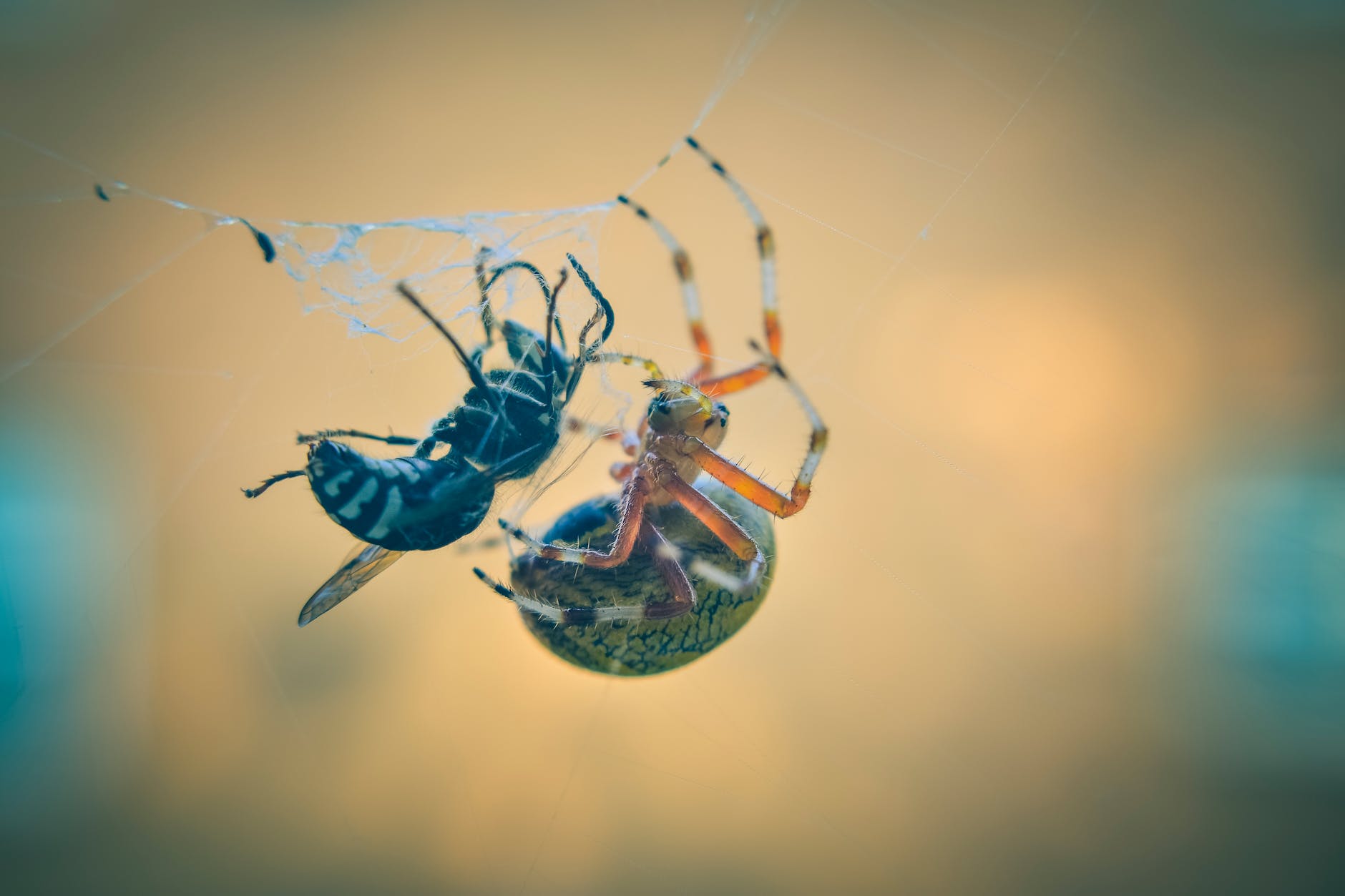The counterculture movement of the 1960s and 1970s popularized the exploration of alternative forms of consciousness. This movement, at its core, was driven by the widespread experimentation with and use of psychedelic substances such as LSD (lysergic acid diethylamide) and psilocybin (magic mushrooms). Writers and musicians alike experimented with these mind-expanding substances, fueling the creation of some of our most influential music and literature. Iconic artists like Jimi Hendrix, Hunter S. Thompson, The Beatles, Jack Kerouac, and Pink Floyd were all greatly impacted by the psychedelics of their era, leading to a broad evolution within the world of creative arts.
Jimi Hendrix is often considered one of the most innovative and influential guitarists in the history of rock music. His fascination with psychedelic drugs like LSD greatly impacted his music, evident in the release of his debut album “Are You Experienced” in 1967. The album featured numerous songs inspired by these substances, such as “Purple Haze” – a term commonly used to describe the synesthetic experience of mixing colors and sounds while under the influence of psychedelic drugs.
Literary giants like Hunter S. Thompson, best known for his groundbreaking work of gonzo journalism, “Fear and Loathing in Las Vegas,” similarly pushed the boundaries of literature through their exploration of alternative consciousness. Thompson’s use of psychedelics and other drugs in his day-to-day life was a central component of his unique writing style. This style, often described as a blend of personal narrative and traditional journalism, offered readers a firsthand account of the era’s counterculture movement while touching on themes such as the American Dream, drug culture, and personal freedom.
Likewise, The Beatles revolutionized music in the 1960s with their progressive songwriting and studio techniques, which were deeply inspired by their experimentation with psychedelic drugs. Their seminal 1967 album “Sgt. Pepper’s Lonely Hearts Club Band” was heavily influenced by the use of LSD and other psychedelics, featuring innovative recording techniques, surreal lyrics, and distinct orchestral arrangements. The album is still regarded as one of the greatest works of popular music due to its lasting cultural and musical impact.
Jack Kerouac, one of the leading figures in the Beat Generation, also used psychedelics to expand his worldview and influence his writing. In his acclaimed novel “On the Road,” Kerouac documented his personal experiences and travels with fellow author and Beat icon, Neal Cassady. Their shared encounters with psychedelic drugs allowed Kerouac to develop his distinct prose style, which hinged on themes of self-discovery, freedom, and spiritual awakening.
Finally, Pink Floyd remains one of the most enduring progressive rock bands in the history of music. In the late 1960s and early 1970s, the band continued their experimentation with psychedelic sounds and imagery. This not only set the groundwork for future progressive rock icons but eventually led to the band’s artistic and commercial peak with the release of “The Dark Side of the Moon” in 1973. This album, revered as a landmark in psychedelic and progressive rock, delved into themes of mental illness, alienation, and existentialism, all while pushing the boundaries of music technology.
The impact of psychedelics on these influential artists and countless others indisputably shaped the evolution of art, music, and literature during the counterculture movement. The spirit of exploration and experimentation fostered by the use of these mind-expanding substances helped artists break down barriers and create works that continue to resonate with audiences to this day. While the legal landscape surrounding psychedelic substances remains fraught with controversy, their undeniable influence on the creative arts will forever remain an essential chapter in our cultural history.





